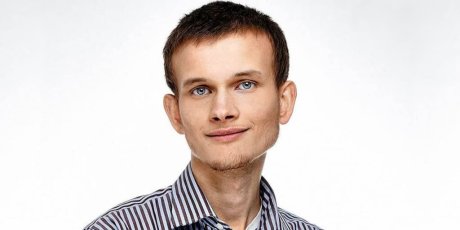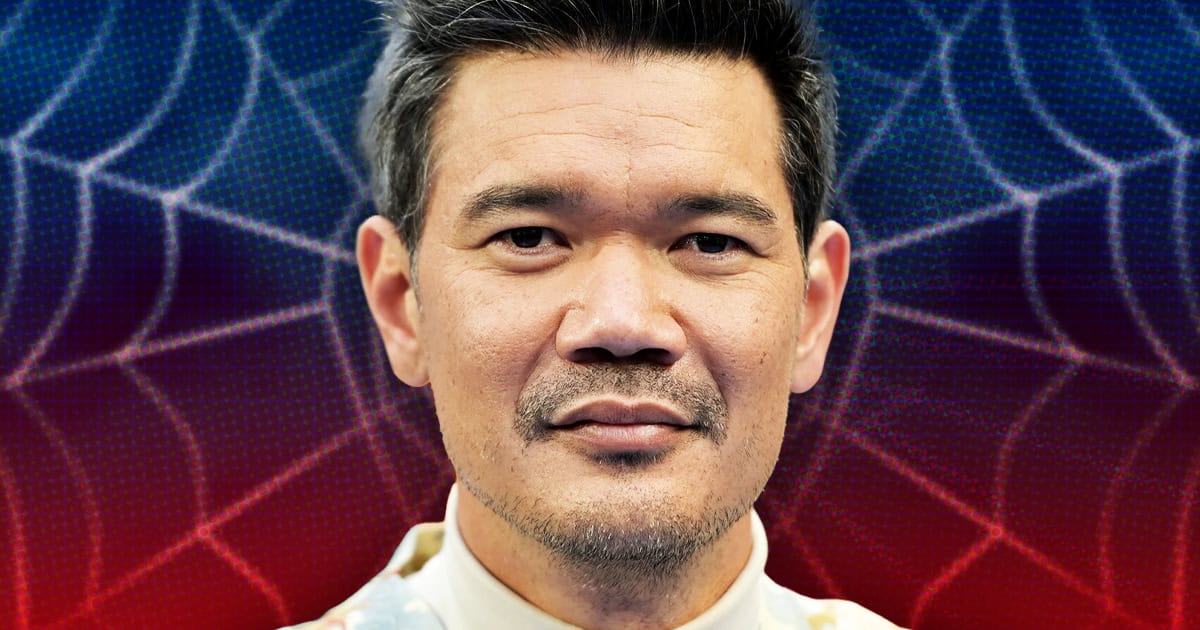Schoolchildren around the world are told that they have the potential to be great, often with the cheery phrase: “The sky’s the limit!”
Gladys West took those words literally.
While working for four decades as a mathematician and computer programmer at the U.S. Naval Proving Ground (now the Naval Surface Warfare Center) in Dahlgren, Va., she prepared the way for a satellite constellation in the sky that became an indispensable part of modern life: the Global Positioning System, or GPS.
The second Black woman to ever work at the proving ground, West led a group of analysts who used satellite sensor data to calculate the shape of the Earth and the orbital routes around it. Her meticulous calculations and programming work established the flight paths now used by GPS satellites, setting the stage for navigation and positioning systems on which the world has come to rely.
For decades, West’s contributions went unacknowledged. But she has begun receiving overdue recognition. In 2018 she was inducted into the U.S. Air Force Space and Missile Pioneers Hall of Fame. In 2021 the International Academy of Digital Arts and Sciences presented her its Webby Lifetime Achievement Award, while the U.K. Royal Academy of Engineering gave her the Prince Philip Medal, the organization’s highest individual honor.
West was presented the 2024 IEEE President’s Award for “mathematical modeling and development of satellite geodesy models that played a pivotal role in the development of the Global Positioning System.” The award is sponsored by IEEE.
How the “hidden figure” overcame barriers
West’s path to becoming a technology professional and an IEEE honoree was an unlikely one. Born in 1930 in Sutherland, Va., she grew up working on her family’s farm. To supplement the family’s income, her mother worked at a tobacco factory and her father was employed by a railroad company.
Physical toil in the hot sun from daybreak until sundown with paltry financial returns, West says, made her determined to do something other than farming.
Every day when she ventured into the fields to sow or harvest crops with her family, her thoughts were on the little red schoolhouse beyond the edge of the farm. She recalls gladly making the nearly 5-kilometer trek from her house, through the woods and over streams, to reach the one-room school.
She knew that postsecondary education was her ticket out of farm life, so throughout her school years she made sure she was a standout student and a model of focus and perseverance.
Her parents couldn’t afford to pay for her college education, but as valedictorian of her high school class, she earned a full-tuition scholarship from the state of Virginia. Money she earned as a babysitter paid for her room and board.
West decided to pursue a degree in mathematics at Virginia State College (now Virginia State University), a historically Black school in Petersburg.
At the time, the field was dominated by men. She earned a bachelor’s degree in the subject in 1952 and became a schoolteacher in Waverly, Va. After two years in the classroom, she returned to Virginia State to pursue a master’s degree in mathematics, which she earned in 1955.
Gladys West at her desk, meticulously crunching numbers manually in the era before computers took over such tasks.Gladys West
Setting the groundwork for GPS
West began her career at the Naval Proving Ground in early 1956. She was hired as a mathematician, joining a cadre of workers who used linear algebra, calculus, and other methods to manually solve complex problems such as differential equations. Their mathematical wizardry was used to handle trajectory analysis for ships and aircraft as well as other applications.
She was one of four Black employees at the facility, she says, adding that her determination to prove the capability of Black professionals drove her to excel.
As computers were introduced into the Navy’s operations in the 1960s, West became proficient in Fortran IV. The programming language enabled her to use the IBM 7030—the world’s fastest supercomputer at the time—to process data at an unprecedented rate.
Because of her expertise in mathematics and computer science, she was appointed director of projects that extracted valuable insights from satellite data gathered during NASA missions. West and her colleagues used the data to create ever more accurate models of the geoid—the shape of the Earth—factoring in gravitational fields and the planet’s rotation.
One such mission was Seasat, which lasted from June to October 1978. Seasat was launched into orbit to test oceanographic sensors and gain a better understanding of Earth’s seas using the first space-based synthetic aperture radar (SAR) system, which enabled the first remote sensing of the Earth’s oceans.
SAR can acquire high-resolution images at night and can penetrate through clouds and rain. Seasat captured many valuable 2D and 3D images before a malfunction caused the satellite to be taken down.
Enough data was collected from Seasat for West’s team to refine existing geodetic models to better account for gravity and magnetic forces. The models were important for precisely mapping the Earth’s topography, determining the orbital routes that would later be used by GPS satellites, as well as documenting the spatial relationships that now let GPS determine exactly where a receiver is.
In 1986 she published the “Data Processing System Specifications for the GEOSAT Satellite Radar Altimeter” technical report. It contained new calculations that could make her geodetic models more accurate. The calculations were made possible by data from the radio altimeter on the GEOSAT, a Navy satellite that went into orbit in March 1985.
West’s career at Dahlgren lasted 42 years. By the time she retired in 1998, all 24 satellites in the GPS constellation had been launched to help the world keep time and handle navigation. But her role was largely unknown.
A model of perseverance
Neither an early bout of imposter syndrome nor the racial tensions that were an everyday element of her work life during the height of the Civil Rights Movement were able to knock her off course, West says.
In the early 1970s, she decided that her career advancement was not proceeding as smoothly as she thought it should, so she decided to go to graduate school part time for another degree. She considered pursuing a doctorate in mathematics but realized, “I already had all the technical credentials I would ever need for my work for the Navy.” Instead, to solidify her skills as a manager, she earned a master’s degree in 1973 in public administration from the University of Oklahoma in Norman.
After retiring from the Navy, she earned a doctorate in public administration in 2000 from Virginia Tech. Although she was recovering from a stroke at the time that affected her physical abilities, she still had the same drive to pursue an education that had once kept her focused on a little red schoolhouse.
A formidable legacy
West’s contributions have had a lasting impact on the fields of mathematics, geodesy, and computer science. Her pioneering efforts in a predominantly male and racially segregated environment set a precedent for future generations of female and minority scientists.
West says her life and career are testaments to the power of perseverance, skill, and dedication—or “stick-to-it-iveness,” to use her parlance. Her story continues to inspire people who strive to push boundaries. She has shown that the sky is indeed not the limit but just the beginning.




























